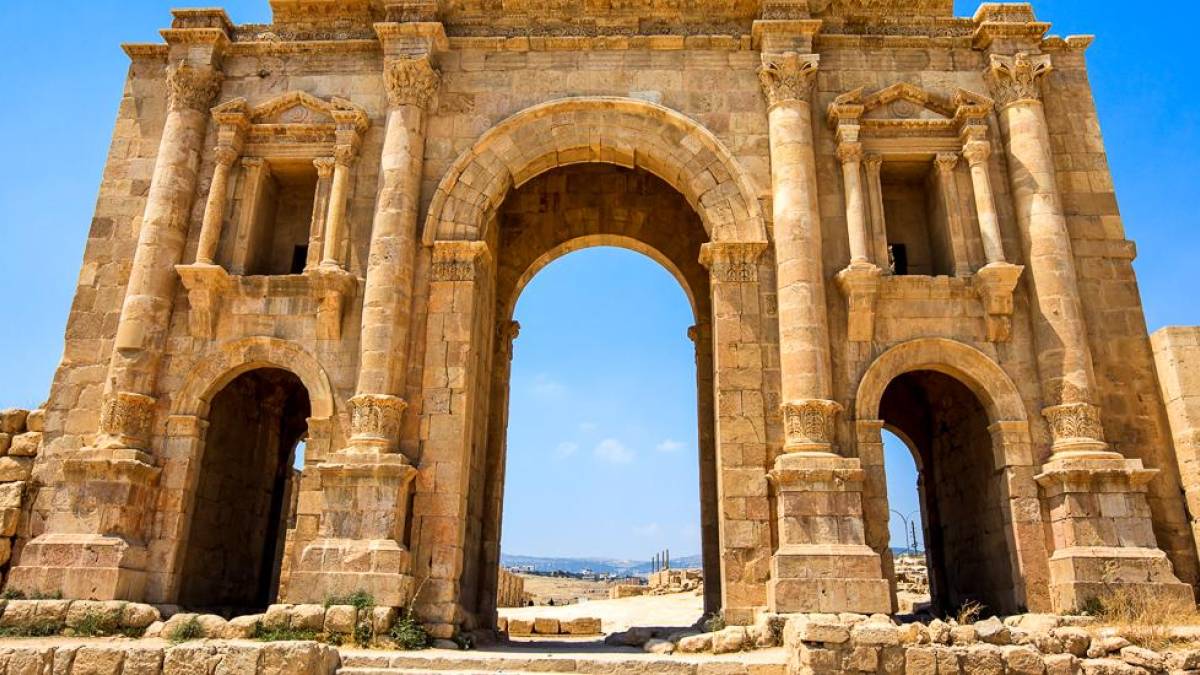Sonntag, 25.09.: Hallo mal wieder an alle Leser meines kleinen Urlaubsblogs. Die nächste Reise steht an, und wie Ihr dem Titel schon entnehmen könnt, geht es nach Jordanien. Am 01.10. starten Sindy und ich Richtung Amman. Nachdem wir die Stadt zwei Tage auf eigene Faust erkunden werden, geht es dann auf eine achttägige Rundreise zu den Highlights des Landes. Wir freuen uns schon sehr, und hoffen Euch über diese Reiseberichte einen kleinen Eindruck über dieses interessante Land vermitteln zu können.
Ich wünsche allen Lesern schon jetzt viel Spaß beim Mitreisen. ![]()
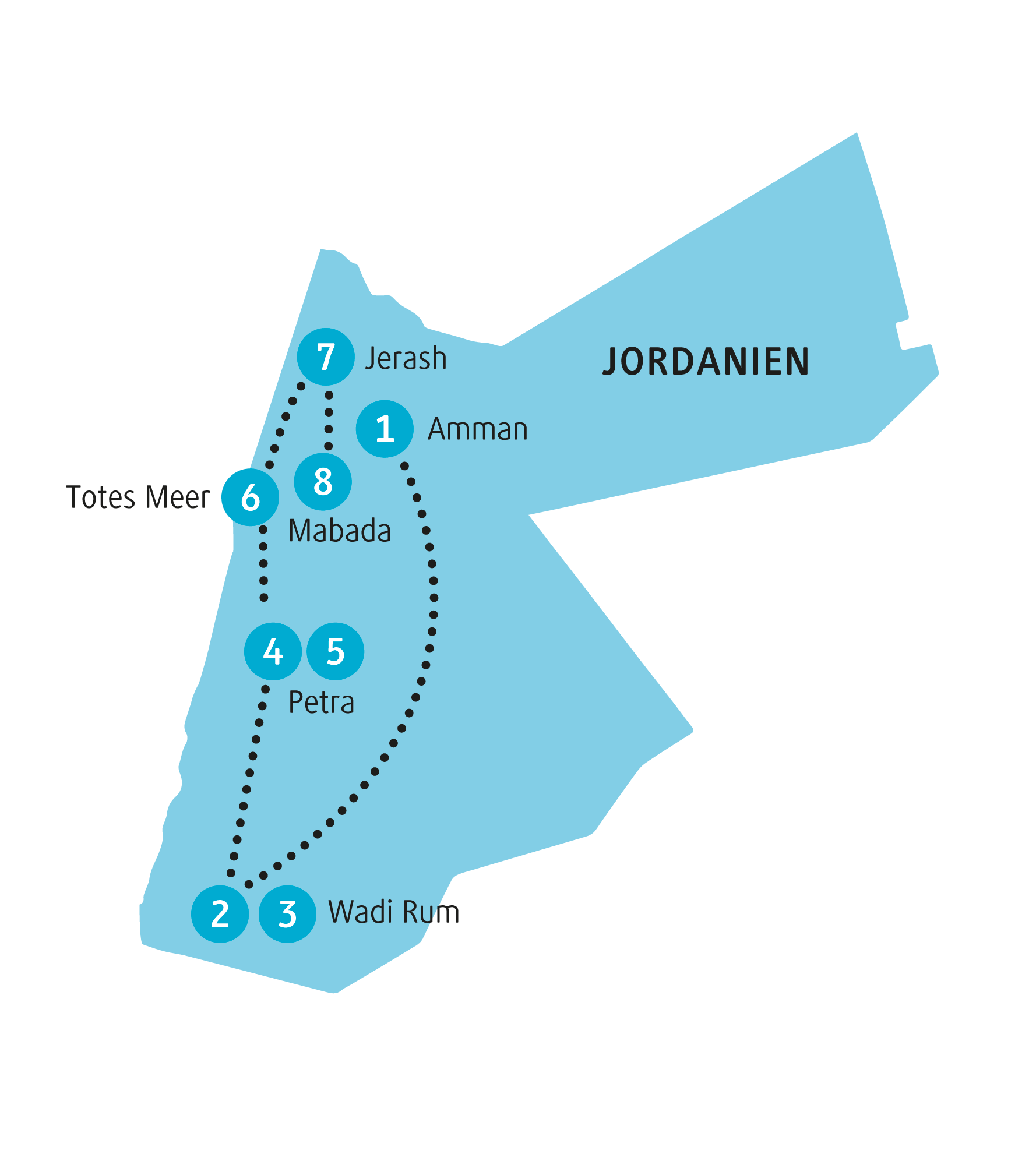
1. Tag – Amman
Ahlan wa sahlan! Welcome to Jordan’s capital, Amman – cosmopolitan and contemporary, yet steeped in biblical history. Your adventure begins with an important welcome meeting at 6 pm this evening. As you don’t spend too much time here, it’s worth arriving a day or two early to explore the sights. If you do have time, be sure to head to the citadel, taking in its amazing sweeping views of Amman. The Jordan Museum (home to the Dead Sea Scrolls) and the Roman Theatre are both well worth visiting. After your meeting, head out with your new-found travel pals, and perhaps pick up a coffee from one of the cafes and partner it with an ara’yes – a local-style toastie filled with spiced meat.
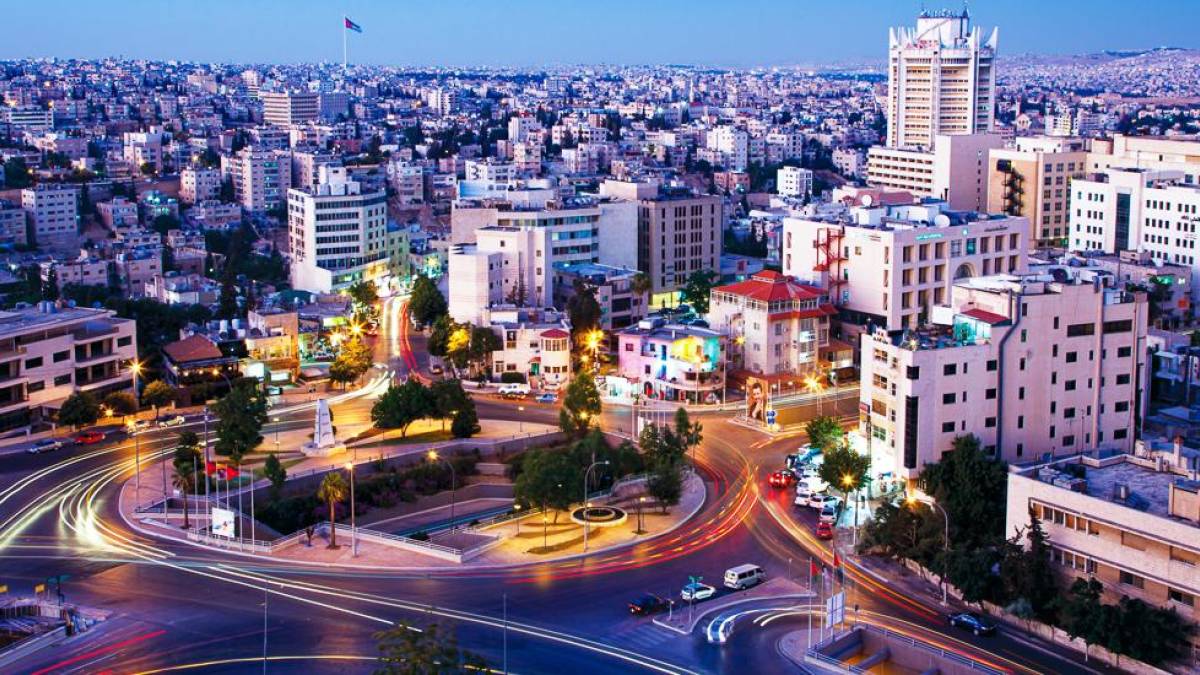
2. Tag – Wadi Rum
Follow in the footsteps of Lawrence of Arabia with a journey to Wadi Rum (approximately 5 hours). A half-day jeep safari will take you through some of the most striking desert scenery on the planet. Wadi Rum is full of weird and wonderful lunar-like rock formations, and traces of ancient civilisations can be seen in the many carved inscriptions found throughout the area – from pictographs to Thamudic, Nabataean and Arabic texts. The most enduring monuments in Wadi Rum are those carved by nature – the natural rock bridges, towering rose-coloured sand dunes and scattered rocky peaks. Tonight, sleep in a simple Bedouin desert camp, with the choice of sleeping under a camel hair tent or out under the stars. Enjoy dinner cooked in an earthen oven by your Bedouin hosts. Meaning »desert dwellers« in Arabic, the Bedouins are a semi-nomadic people, and in Jordan up to 40 per cent of the general population is thought to have Bedouin ancestry. Conditions are basic at the desert camp, but the hospitality of your hosts as well as the chance to sleep beneath the twinkling desert night sky will surely make up for it.
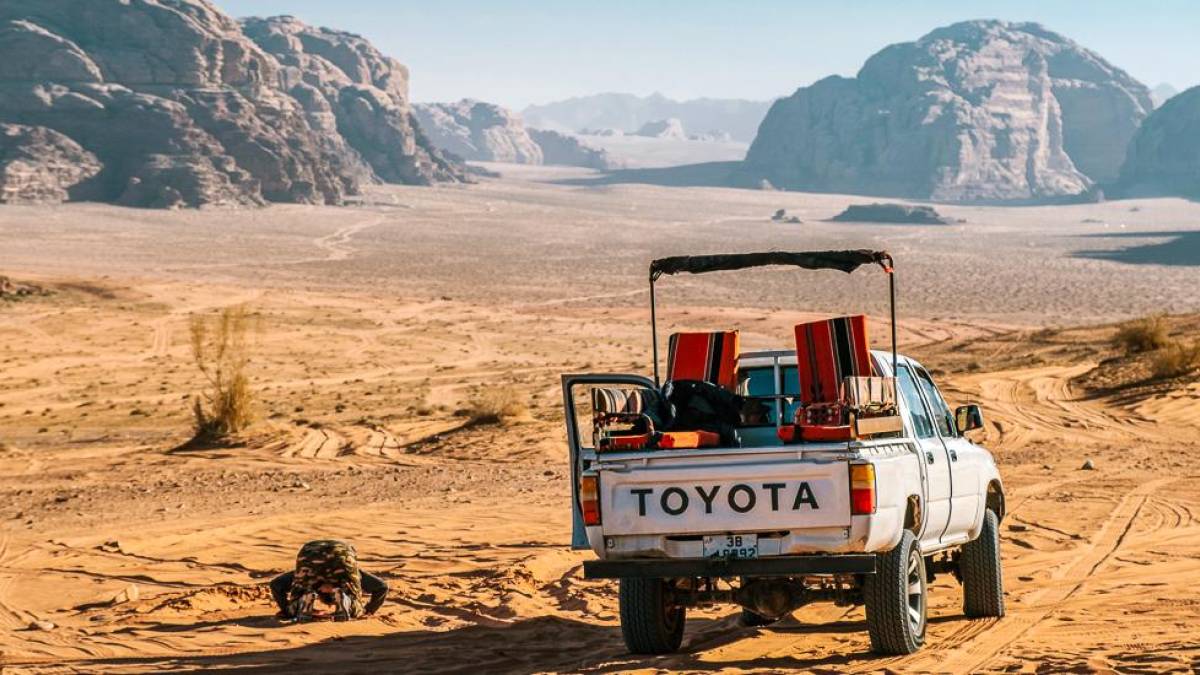
3. Tag – Wadi Rum
After waking up in the unique surrounds of the camp this morning, head out on a hike around the area (approximately 12 to 15 kilometres), with a stop for tea and a lunch break. You might scale one of the large sand dunes for sensational views of the valley – the perfect chance to snap some unbelievable pictures. Explore the distinctive rock formations and bask in its eerie silence. Wadi Rum is probably best known for its connection with the enigmatic British officer T E Lawrence, who was based here during the Great Arab Revolt of 1917–18. Tonight is again yours to enjoy the traditional Bedouin hospitality and the clear night skies of the desert.
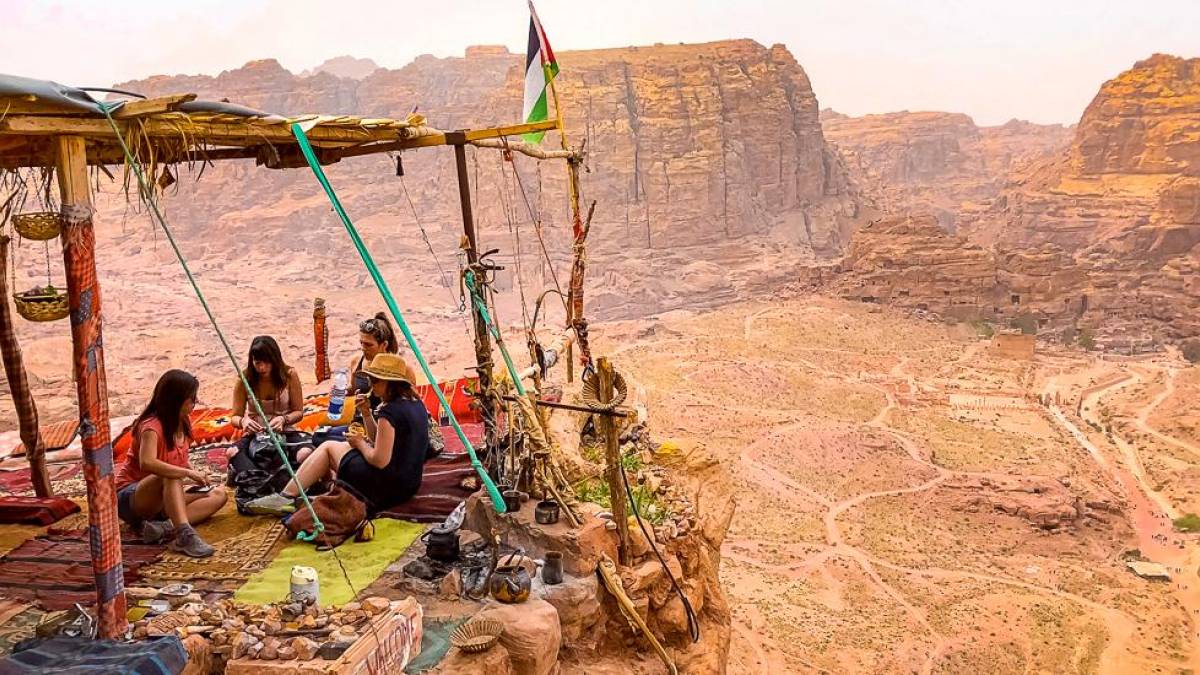
4. Tag – Petra
This morning you’ll leave your desert camp, taking 4WDs to the main entrance of Petra, which is opposite the Seven Pillars of Wisdom – the mountain named after Lawrence of Arabia’s book. The visitor’s centre here is also a great spot to buy some jewellery and handicrafts, mostly made by a women’s co-operative aimed at supporting local industries. Continue your journey to the fabled city of Petra by private vehicle (approximately 2 hours). The site remained unknown to the wider world until 1812 when it was visited by Johann Ludwig Burckhardt – a Swiss explorer. In 1985, Petra was designated a UNESCO World Heritage-listed site. Spend the afternoon on a guided tour of Petra. Squeeze through a mile-long narrow path, known as the Siq, through huge towers of rock and get your first glimpse of the iconic Treasury complex. It’s amazing to think that this enormous, intricate building entrance was hand-carved out of the rock.
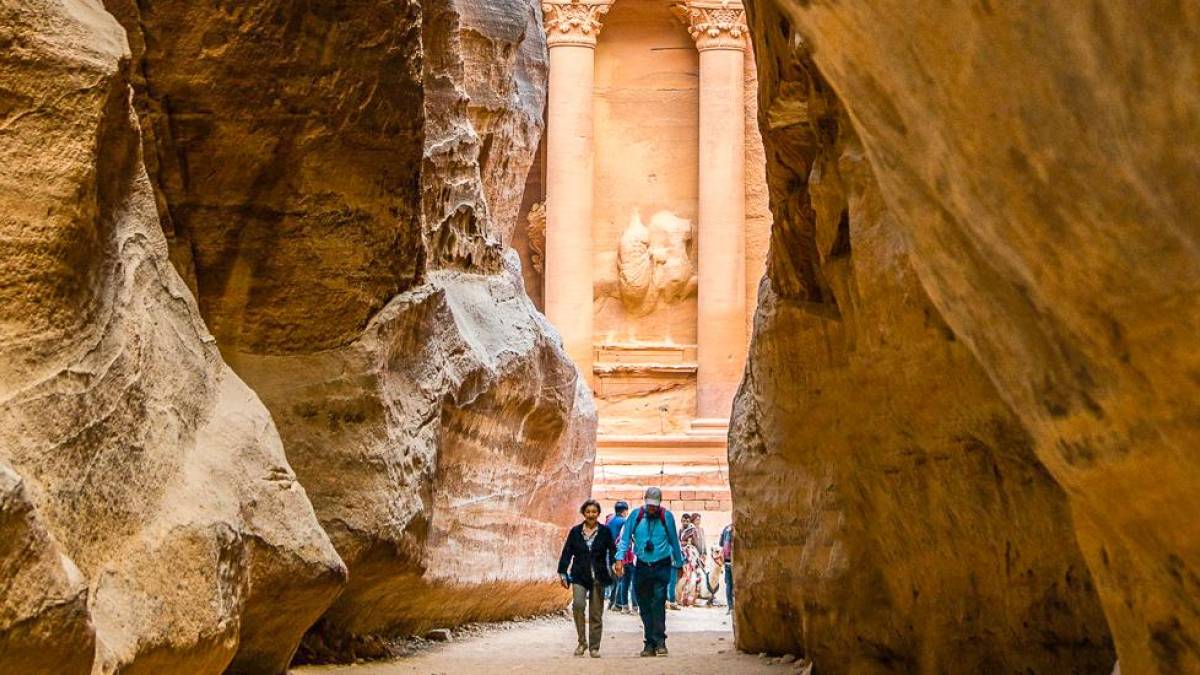
5. Tag – Petra
Enjoy a free day of self-discovery as you explore Petra on your own. The site is surprisingly big, and so it is up to you to choose your own route around the complex. You could explore the old Roman road, other smaller temples and several old tombs, as well as the rock-hewn amphitheatre. For those who are feeling a bit more active, there’s the challenging but highly rewarding 1-hour walk up the steps to the secluded yet stunning Monastery.
6. Tag – Kerak – Dead Sea – Mount Nebo – Madaba
Traverse the King’s Highway to the historic crusader castle of Kerak, which stands on a cliff commandingly overlooking Wadi Karak and the Dead Sea in the distance (approximately 2.5 hours). You’ll have time to explore the ruins and discover the legends of centuries-old battles. Pack your swim gear as next you can wash off the dust in the Dead Sea – the lowest point on Earth (420 metres below sea level). This super-salty lake is a perfect place to spend some time relaxing and get some classic floating pictures. For those who are game, why not cover yourself from head to toe for a nutrient-rich natural mineral mud bath. Continue to Mount Nebo – the spot where the prophet Moses is said to have seen the ‘promised land’ and where he’s supposedly buried. Explore this sanctuary and view the remarkable mosaics of the fourth-century church. Afterwards, continue to Madaba, famous for its Ottoman-style houses and beautiful Byzantine-era mosaics, including the acclaimed sixth-century mosaic map of Jerusalem and the Holy Land at St George’s Church. Other mosaic masterpieces from the fifth to seventh centuries can be found throughout Madaba’s churches, museums and homes.

7. Tag – Jerash – Madaba
Today you will leave Madaba for a short drive to Jerash – once one of the grandest ancient Roman cities in the world (approximately 1.5 hours). These are some of the best-preserved Greco-Roman ruins around. The ancient walled town that survives today is a remarkable evocation of life 2000 years ago. It has a striking collection of archways and theatres, baths, public buildings and colonnaded streets, and is a beautiful place to spend a day exploring. Discover Hadrian’s arch, the partially restored hippodrome, ornate public fountains, the south amphitheatre, and see the collection of daily artefacts uncovered during excavations. Grand columns encircle the city’s centrepiece, the Oval Plaza. After a full day of exploring, maybe gather your travel buddies together and share a celebratory shisha as you reminisce on your memories of majestic Jordan.
8. Tag – Madaba
With no activities planned for today, you are free to depart the accommodation at any time, provided you comply with your accommodation’s check-out times.
